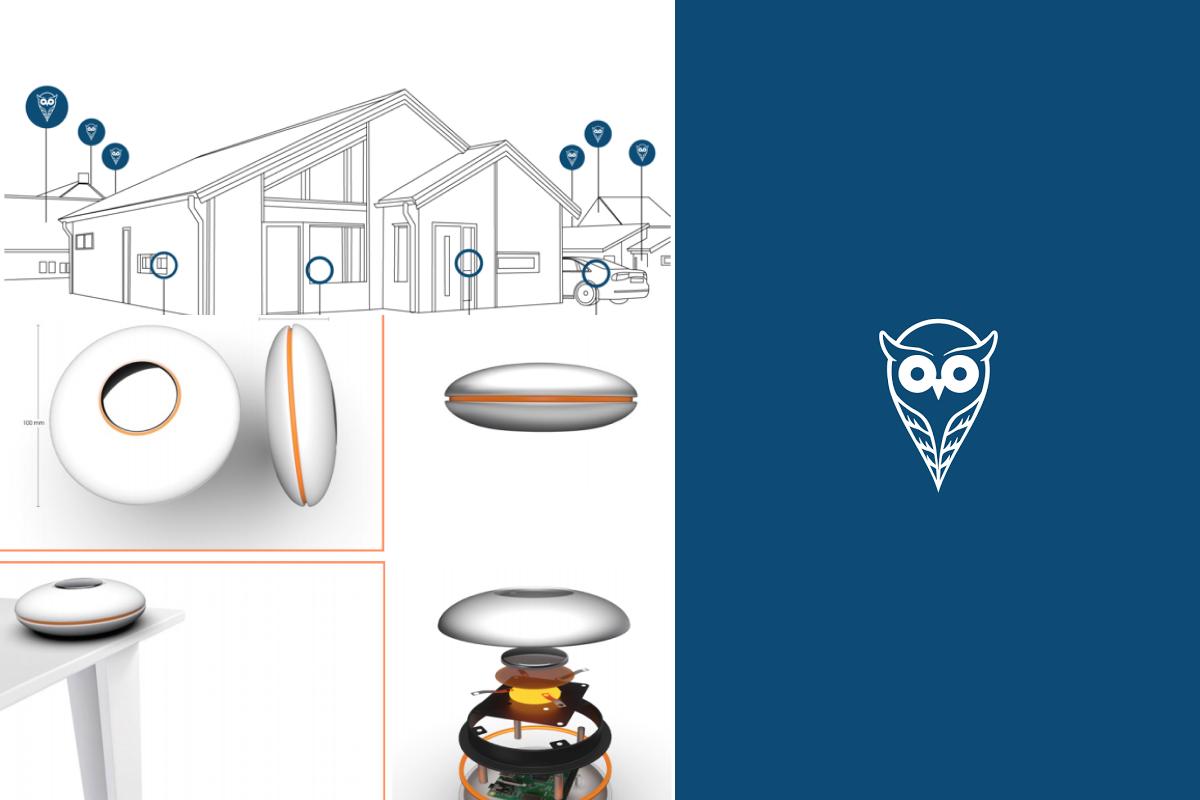TUVA Digital Neighborhood Watch Platform - Swift & Java Development

Project Timeline: 2015
Mobile App Development Objectives
Building a comprehensive neighborhood safety platform required strategic technical planning and user-centered design:
- Seamless User Onboarding System: Multi-channel invitation model for community growth
- Interactive Geographic Map Interface: Real-time neighborhood watch zone visualization
- Intuitive Incident Reporting: Streamlined safety reporting for quick community response
Key Platform Features & Technical Implementation
1. Multi-Channel Invitation System
- Swift iOS & Java Android Development: Native mobile apps with optimized user experience
- Email & SMS Integration: Automated invitation system using Twilio API
- Platform-Based Invites: In-app invitation flow for seamless community expansion
- User Analytics: Mixpanel integration for tracking onboarding success rates
2. Geographic Map Overview with Real-Time Data
- Interactive Mapping: Custom map implementation showing active neighborhood watch zones
- Geographic Zone Management: Visual representation of community safety areas
- Real-Time Updates: Live data synchronization across all connected devices
- Location-Based Features: GPS integration for accurate incident location tracking
3. Streamlined Incident Reporting System
- Quick Report Submission: Simplified form design for emergency situations
- Photo & Video Upload: Media attachment capabilities for detailed incident documentation
- Automated Notifications: Real-time alerts to relevant community members
- Report Categorization: Structured incident types (theft, vandalism, safety concerns)
Technical Architecture & Development Stack
Frontend Development:
- iOS: Native Swift development for optimal iOS performance
- Android: Java-based Android app with material design principles
- Design Process: Sketch-based mockups and prototyping
Backend Infrastructure:
- Parse Platform: Scalable backend-as-a-service for rapid development
- MongoDB Database: NoSQL database for flexible data storage and real-time updates
- Heroku Deployment: Cloud hosting for reliable app performance
Third-Party Integrations:
- Twilio: SMS and communication services
- Mixpanel: User behavior analytics and conversion tracking
- Google Analytics: Web traffic analysis and user journey mapping
- Hosting: Deployed on Heroku.
- Other Tools:
- Tracking: Leveraging Mixpanel and Google Analytics.
- Invite Flow: Integrated with Twilio for seamless communication.
Outcome
We embarked on an exciting journey with an invitation model that rapidly attracted users. The network effect played a significant role, demonstrating how a growing user base can amplify value. However, challenges arose as you aimed to create a thriving community.
- Rapid User Growth and Content Challenges:
- The surge in users highlighted the power of the network effect.
- Despite daily users, maintaining engaging content proved difficult.
- Filling the platform with relevant material became a priority.
- Scaling and Capital Needs:
- As demands increased, transitioning from a solo endeavor to a team was essential.
- Raising capital became necessary but diverted focus from the product.
- Revenue Models and Sustainability:
- Promising revenue models emerged, but long-term sustainability remained elusive.
- The dilemma: continue raising capital without a proven business model.
- Pivoting to Consulting:
- Valuation challenges led to a strategic pivot.
- Consulting became a viable path, leveraging existing expertise.
Interested in similar projects?
I help companies build modern data solutions and web applications. Let's discuss your next project!
Contact Me